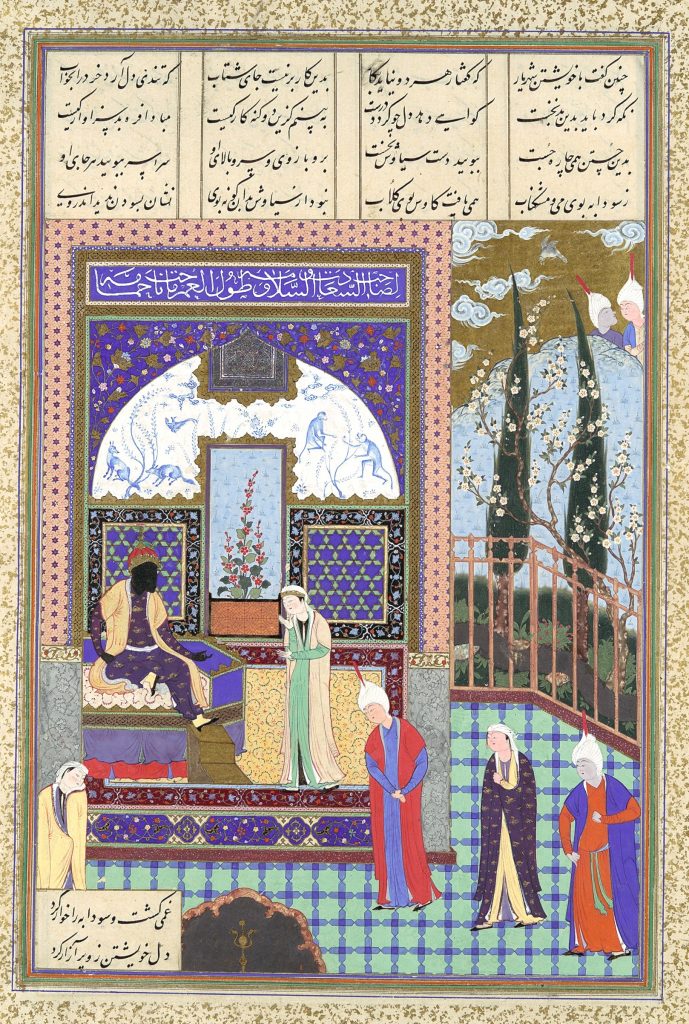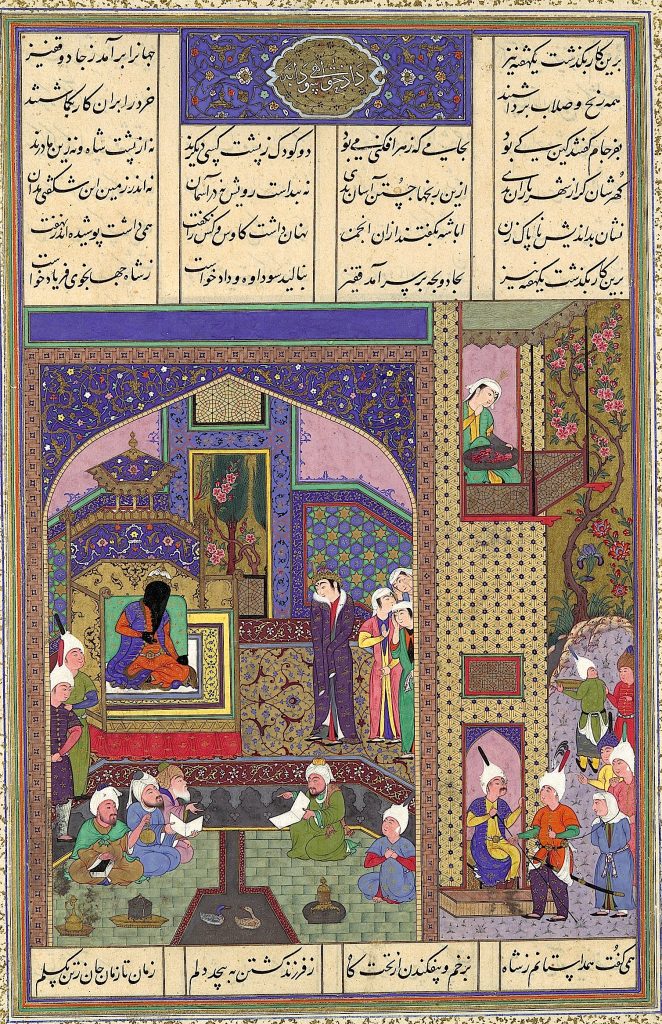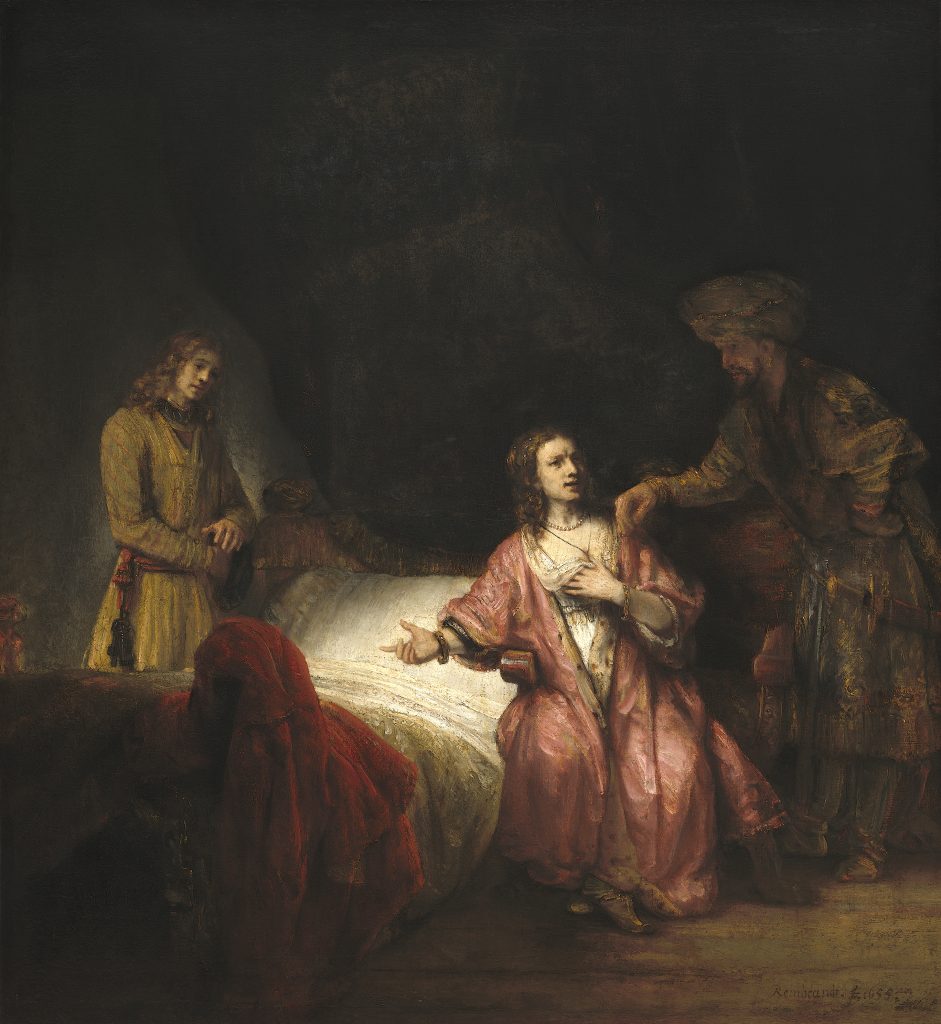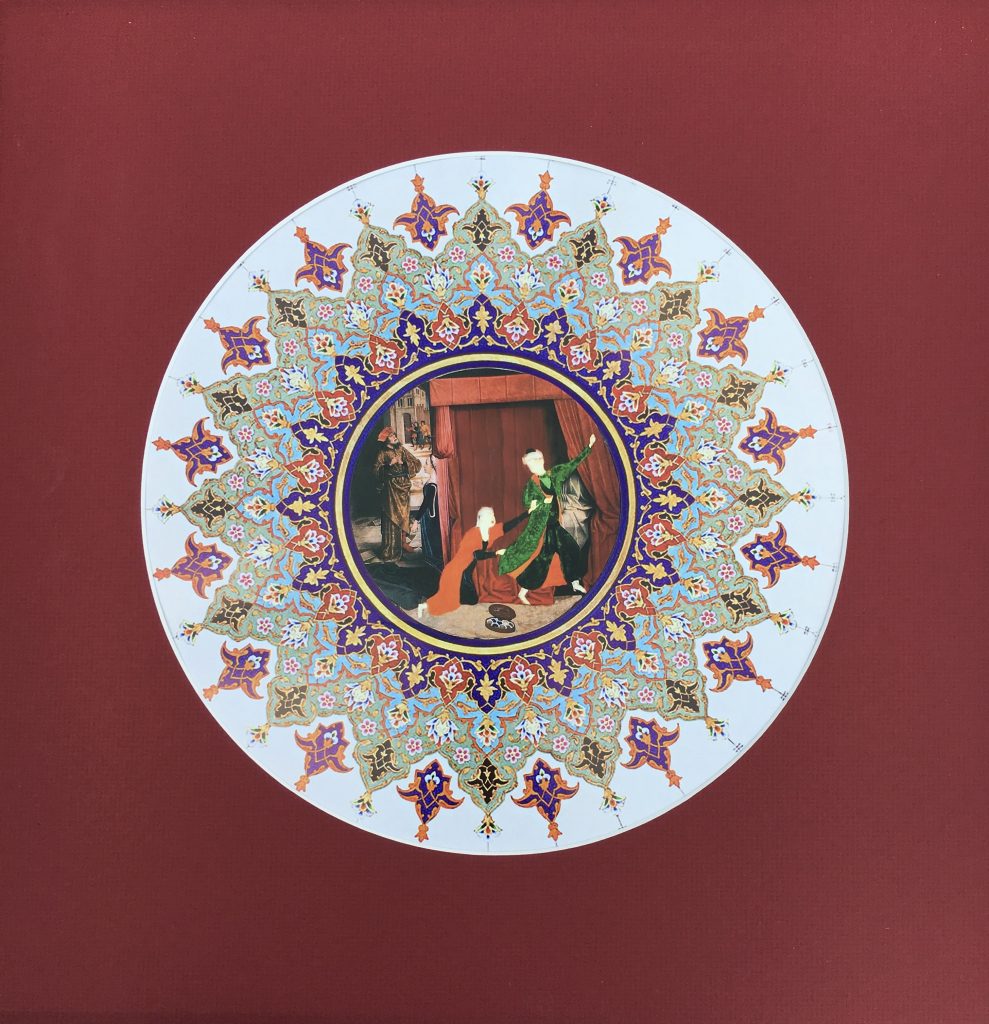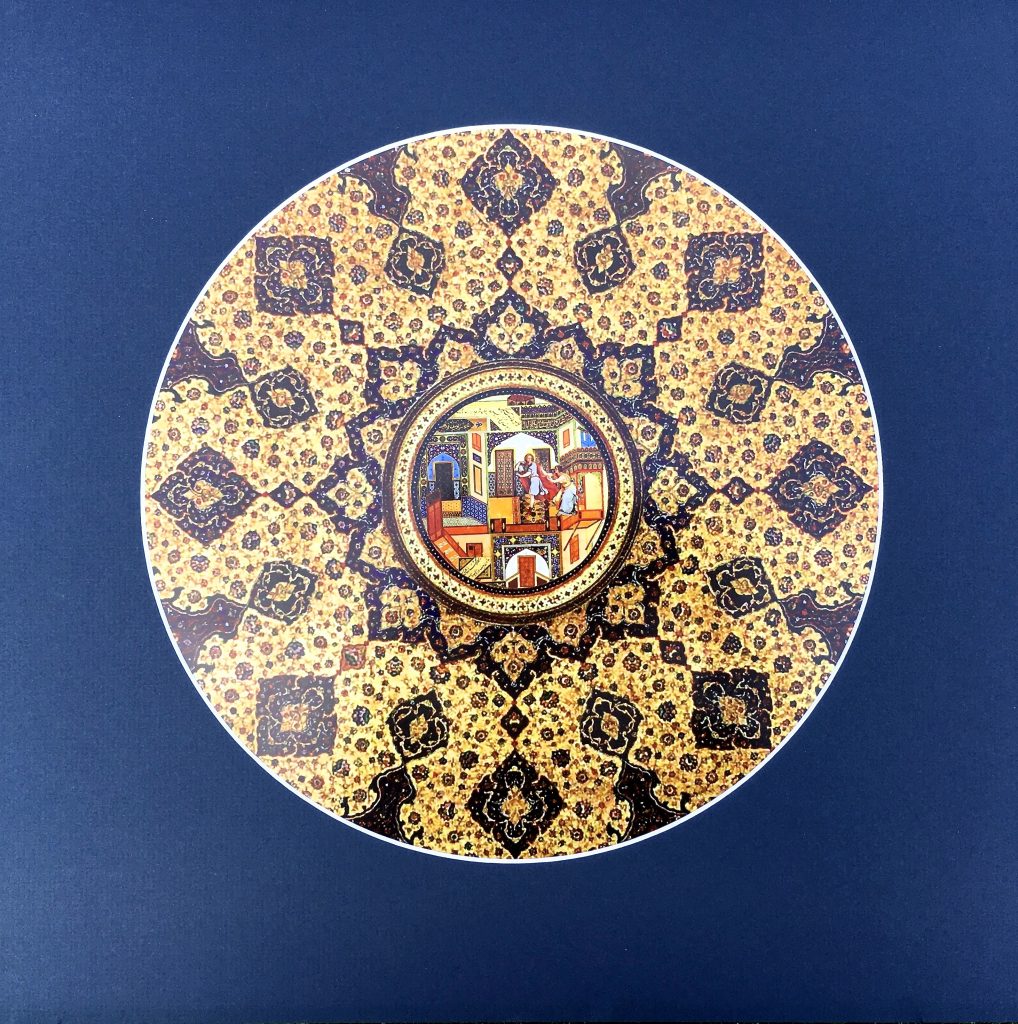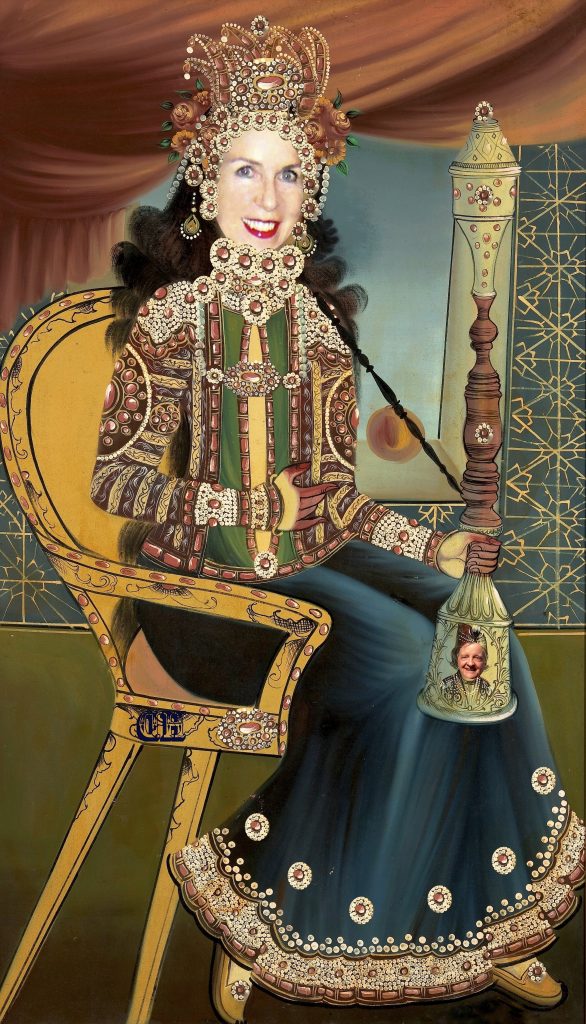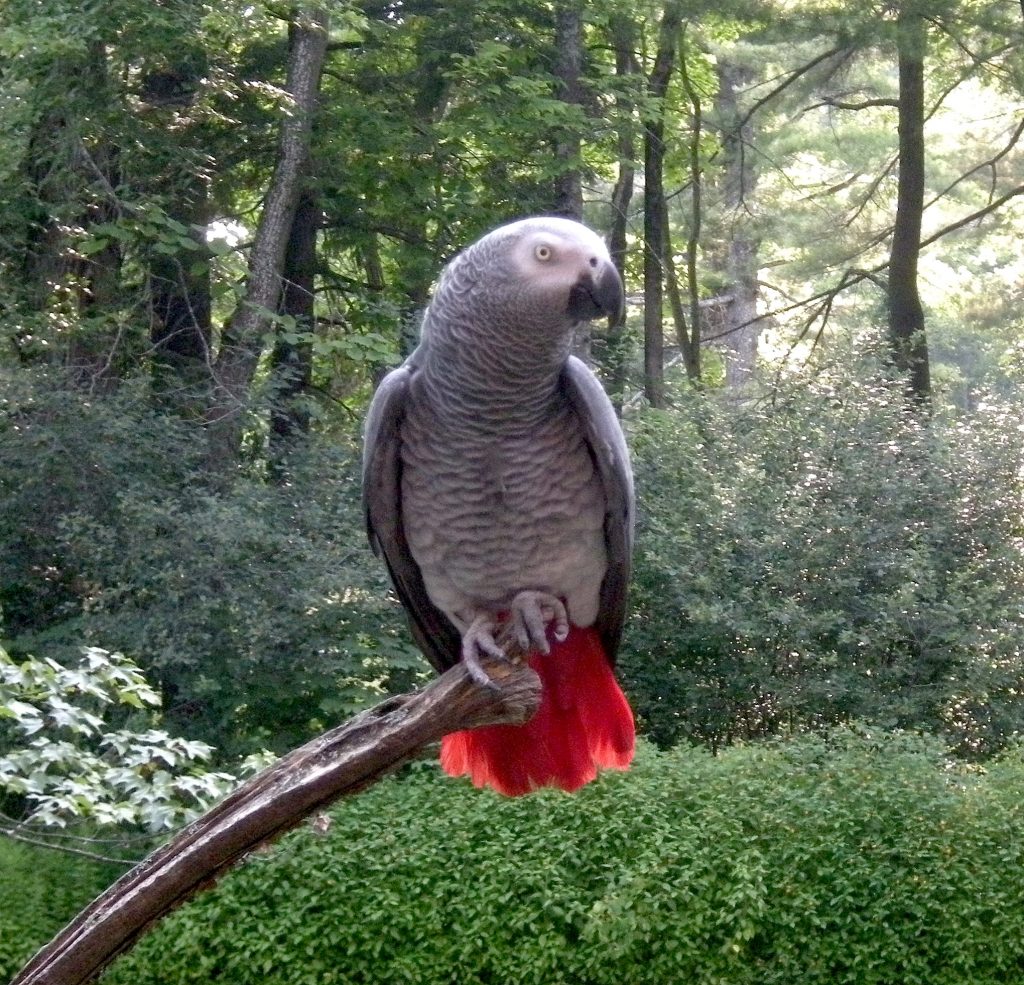Illustrating cross-culturalism in text and image: Zulaykha, Phaedra, Sudaba, Venus, Potiphar’s wife, and other femmes fatales
A few years ago ILEX Foundation published the proceedings of the conference held several years previously at the CAMA Institute in Mumbai. One of the papers there was about the correlation between the Biblical-Qur’anic story of Joseph/Yusuf and the Wife of Potiphar/Zulaykha and the Soghdian/Khwarazmian story later versified by Firdawsi in his Shahnama, already in a fully shaped tale about Siyavush and Sudaba.
However, this story goes far beyond the Irano-Semitic, or Irano-Hellenistic literary links. It is a truly universal narrative, geographically and chronologically: from the Ancient Egyptian tale about Apu and Bata to Jami’s Yusuf and Zulaykha, Tsvetaeva’s Phaedra, Thomas Mann’s Joseph, or Andrew Lloyd Weber’s ‘Joseph and the Amazing Technicolor Dreamcoat’. Almost all literary versions have received their interpretations in other artistic forms: visual, musical, dramatic, etc. There are known myriads of representations of the mystical story of a beautiful and wealthy aristocrat who sacrificed her life for the sake of her love, although originally she was depicted as a ruthless villain. Not surprisingly, even Firdawsi, who had already had his own version of the story in his magnum opus with Sudaba and Siyavush as protagonists, was ascribed as the author of another later interpretation, ‘more appropriate’ for a proper Muslim of his age. However, in all eras the most famous poets, writers, artists, playwrights and composers were eager to offer their own reading of this legend, often competing with each other. Even in one manuscript, like the copy commissioned by Shah Tahmasp, there are two miniature paintings of the same scene executed by two different painters and their teams.
As a small present for such a scholar as Holly, who, like the story about Sudaba/Siyavush-Phaedra/Hippolytos-Venus/Adonis, connects in her research East and West, past and present, we affectionately offer three verses accompanied by their visual representations. The poem of course is hardly a literary masterpiece, but the verses are playfully inspired by the topic of the images. It should be easy enough to match the texts with the images.
The images intend to work as a puzzle, which might appeal to the erudite reader and viewer.
The esteemed recipient of the festschrift might enjoy deciphering the origin of the prototypes which inspired our presents, or maybe entertain her guests in the same manner as the masters of Takht-i Sulayman, who supposedly used the tiles with the texts and images on the walls of the palace to be recognised by their guests during royal feasts.
Verses in honour of Holly Davidson
There is a young lady called Holly
Whose parakeet isn’t named Polly
Though wonderf’ly sage
She looks half her age
And her company’s always so jolly.
* * *
Just like the Koranic Zulaykha
[And not Beerbohm’s Zuleika]
She’s gorgeous, with many an acre
Though Holly persisted
Young Yusuf resisted
Though only a fool could forsake her.
* * *
Now Greg is a man of great charm
Whose Homeric skills do disarm
Unlike Siyavush
He ran in a rush
But towards her, not off in alarm.
Images
